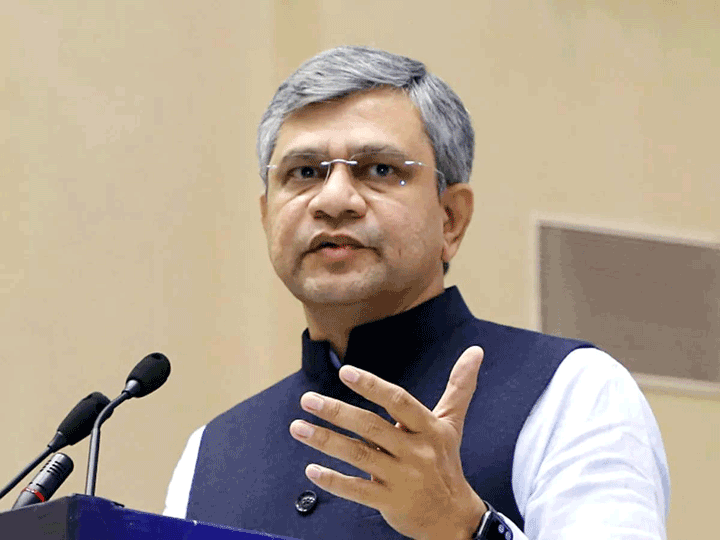Microsoft improves real-time language translation
In a bid to make technology accessible and productive for all, Microsoft announced the integration of Artificial Intelligence (AI) and Deep Neural Networks (DNN) to improve real-time language translation for Hindi, Bengali, and Tamil.
This technology will help users in getting results that are more accurate and natural while surfing the internet across any website on the Microsoft Edge browser, on Bing search, Bing Translator website, as well Microsoft Office 365 products like Word, Excel, PowerPoint, Outlook, and Skype.
The translator is equipped with “TrueText”- a satellite DNN based system that filters repetition, pauses, and indifferent words, enhancing the translation’s contextual appropriateness. The technology is also available for Android and iOS users through Microsoft Translator app which can recognise and translate languages from text, speech and even photos. For its partners and customers, Microsoft also provides APIs on Azure that they can use in their products.
“We’re committed to empowering every Indian and every business in India by bringing the power of AI into their daily life and become a driving force for Digital India. Microsoft celebrates the diversity of languages in India and wants to make the vast internet even more accessible. We have supported Indian languages in computing for over two decades, and more recently have made significant strides on voice-based access and machine translation across languages,” said Sundar Srinivasan, General Manager – AI & Research, Microsoft India.
The incorporation of Deep Neural Networks into translating complex Indian languages has been engineered to bring more accuracy and fluency to translation. Deep Neural Networks have the capability of encoding more granular concepts like gender (feminine, masculine, neutral), politeness level (slang, casual, written, formal), and type of word (verb, noun, adjective).
While facing several obstacles such as the complexities for translating Indian languages, especially of Dravidian and Aryan subdivisions and a dearth of digital content in Indian languages, Deep Neural Networks-powered translation systems have shown a significant improvement in both automatic and human evaluation metrics. More specifically, there has been at least a 20 percent improvement in translation quality for all Indic languages currently supported by Microsoft.











